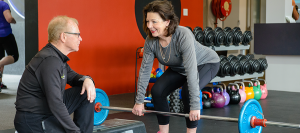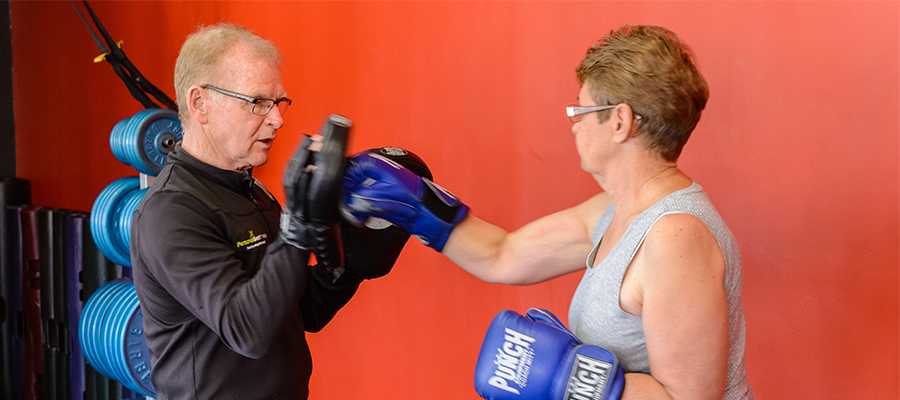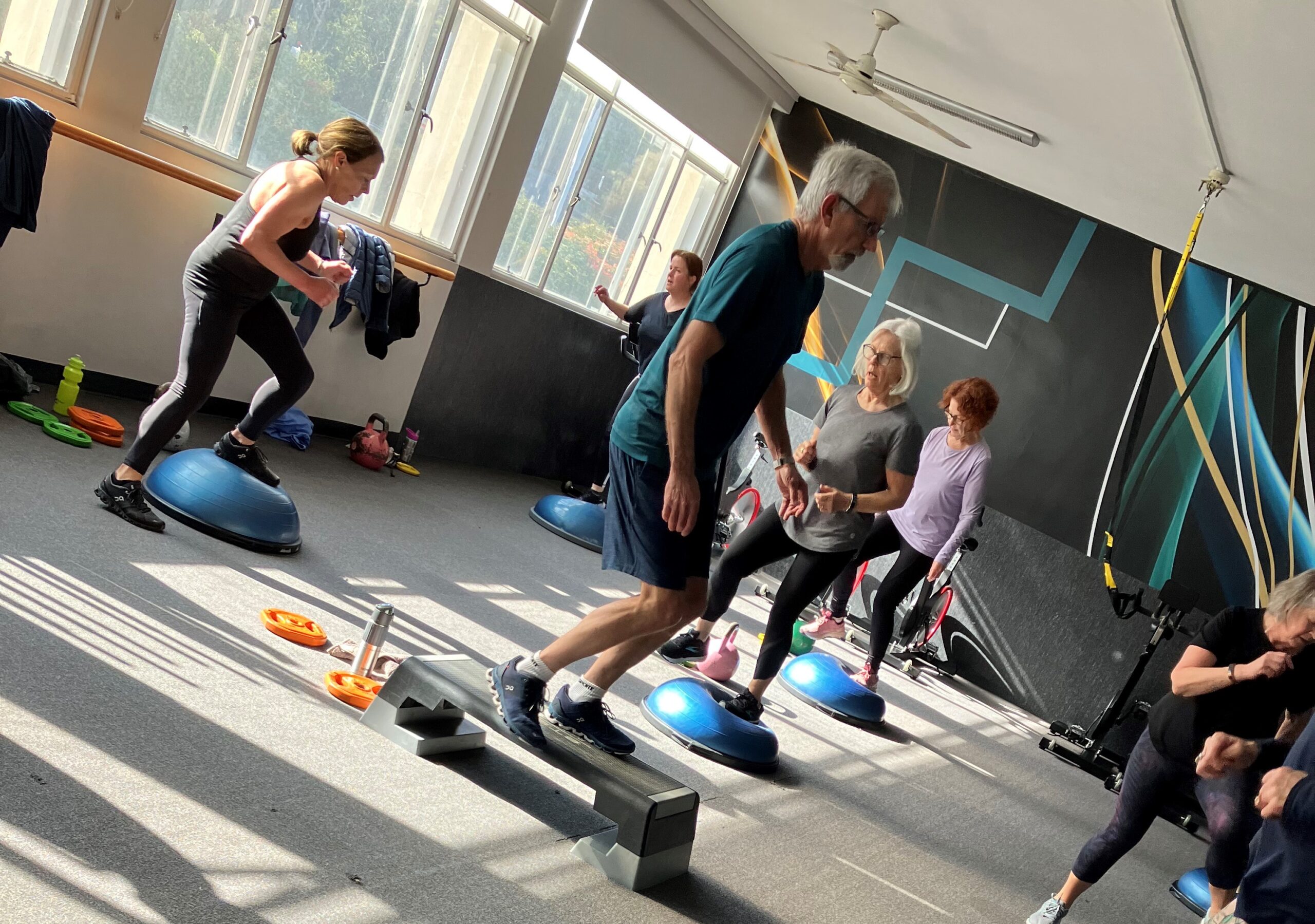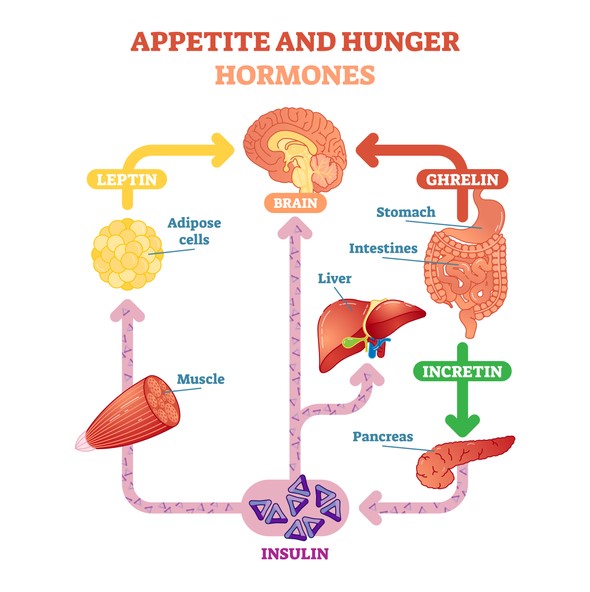How often have you made it to the end of the week and thought ‘thank god it’s the weekend’? Or not wanted to do a workout only to finish it and feel a whole lot better? High intensity exercise has been a prevailing force in the fitness industry for the past 10 years. We get this big endorphin rush, it makes you sweat, feel good and forget your problems.
Movement is anti-inflammatory, hydrating and energising. It creates resilient tissues, hydrates, efficient mitochondria and cellular function, and is vital for the brain, mood and self confidence. However, we have seen a massive boom of exercise programs such as P90x, Crossfit and F45. All of which are types of HIIT training and are great programs when implemented at the right intensity, with the right recovery and with the correct frequency.

Unfortunately, a lot of these training methods aren’t true ‘HIIT’ sessions. HIIT stands for High Intensity Interval Training. It is designed to get your heart rate up or above 90% of its max, followed by an equal or longer period of time in your recovery zone, the ‘interval’ aspect of HIIT. It can help with fat loss, reduce your heart rate and blood pressure and results in an increased metabolic rate. The often misconception is that going harder means going for longer periods and resting for shorter periods. I’d definitely agree that these types of sessions are tough, but are they productive? A better description of the types of workouts listed above would be High Intensity Steady State Training, or fatigue sessions! I.e. you’re likely getting your heart rate into a moderate zone (not as high as a true HIIT workout), while not allowing yourself sufficient recovery.
It can take up to 48hrs for our body to recover after a high intensity training session. We create a high level of acidosis, resulting in the breakdown of muscle cells and the decrease in immune function. So by completing multiple of these sessions within a week, you are not only creating muscle breakdown, but you are releasing higher levels of cortisol and adrenaline into the body.
The thing is, our body doesn’t differentiate between physical and mental stress. So what are the repercussions of this constant cycle of our stressful, sedentary working life, interspersed with many bouts of high intensity training? Just like any form of stress, exercise releases cortisol and adrenaline into the body. In the right doses our body is able to adapt to this release and create positive changes, however if we’re not giving our body adequate time to recover (i.e. completing HIIT sessions often), this becomes detrimental to the system.
Being super fit and punishing yourself at the gym doesn’t equate to longevity. In fact it can do the opposite. Over training, under recovering, repetitive movement, too much muscle mass, and chronic cardio, are all examples of how movement can hurt you. There is no denying that people who chose to practice one sport are highly competitive in their chosen sport, however they’re rarely able to adequately replicate this ‘fitness’ across other sports. They’re often missing one key component; variability.
When it comes to longevity, the key component in training is variability. This means being strong and resilient for whatever comes your way. It means you can go fast, or slow, lift heavy, or light, move and adapt to awkward and challenge angles, etc. Variability means your tissue has the strength, tension and elasticity to respond to different speeds, loads, positions and vectors.
Our heart rate is a great responder to variability. It is important to have the ability to get your heart rate high (above 90% of heart rate max), for SHORT periods of time and it is just, if not more, important to have the ability to get your heart rate back down quickly and keep it there for sustained periods of time. We have looked at one form of heart rate variability training (HIIT), however we will have to save the full discussion for another time. For the time being, I want you to have a think about whether all of your training sessions are ‘smash fests’ in the gym or whether you are incorporating variability into your training and in fact aiming for wellness and longevity.
Signs you need to switch up your exercise and focus on wellness and longevity are:
- Chronic stiffness and pain
- Lack of mobility and strength in varied positions
- Lack of heart rate variability – HR stays high, won’t go up, or takes longer to recover!
- Unable to get down to the ground and up again with ease
- Coordination and balance challenges
- Are you struggling with complex movement sequences?
If any of these signs ring true in your ears, think about changing up your exercise routine or book in a personal training session with us to move and exercise more effectively and efficiently.
Sofia Tsamassiros
Senior Personal Trainer

 Timetable
Timetable 6234 5969
6234 5969

